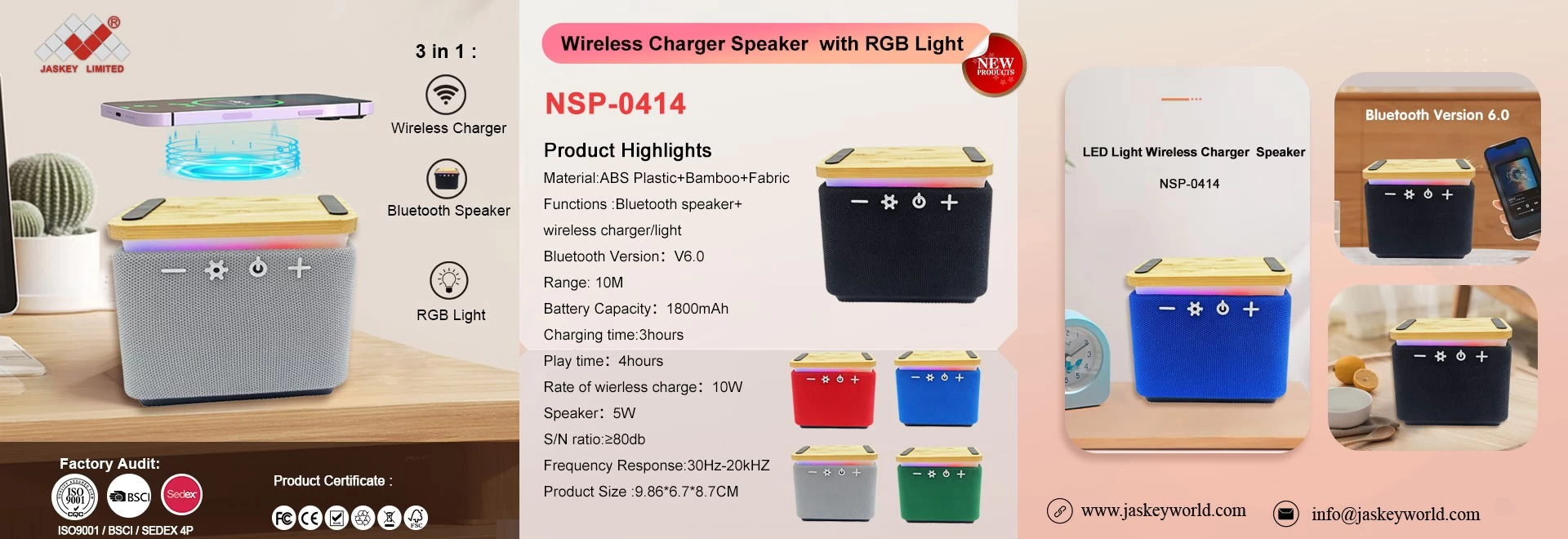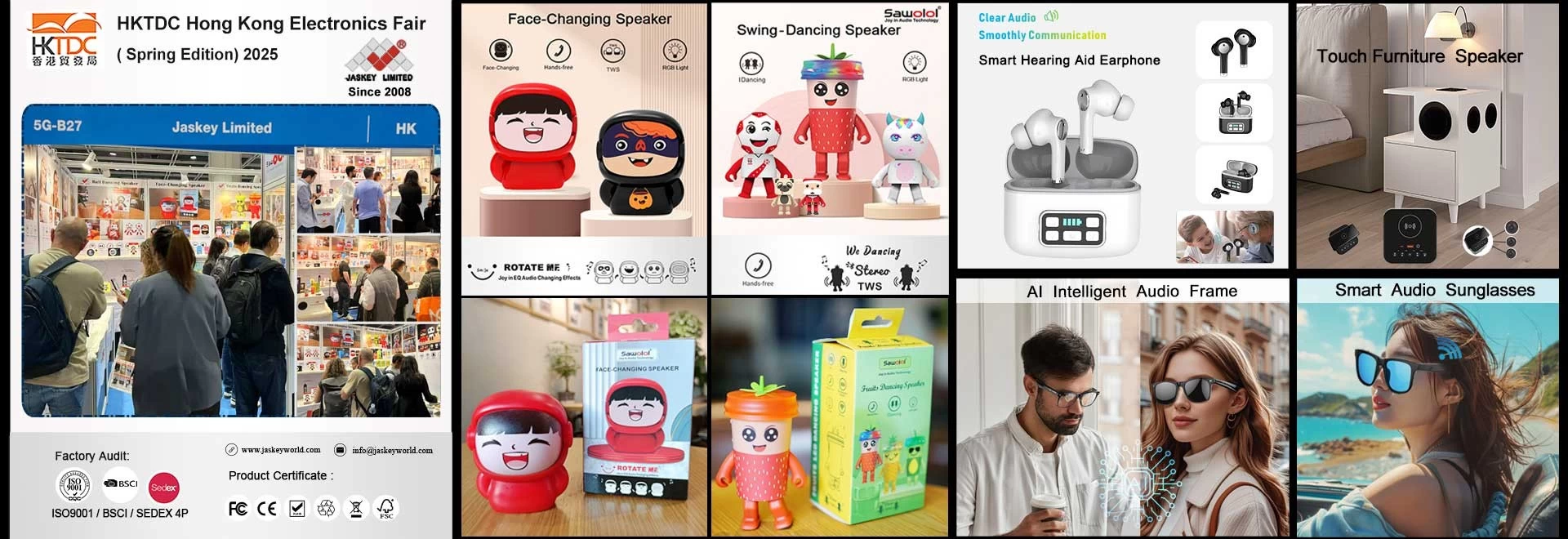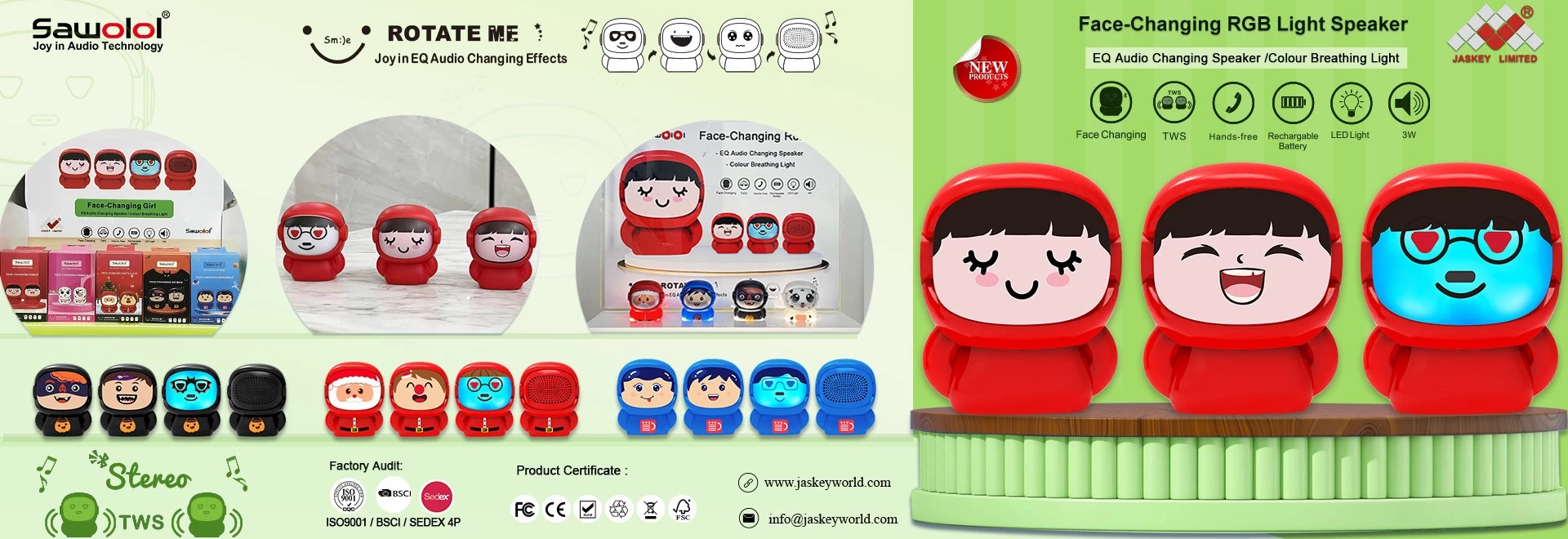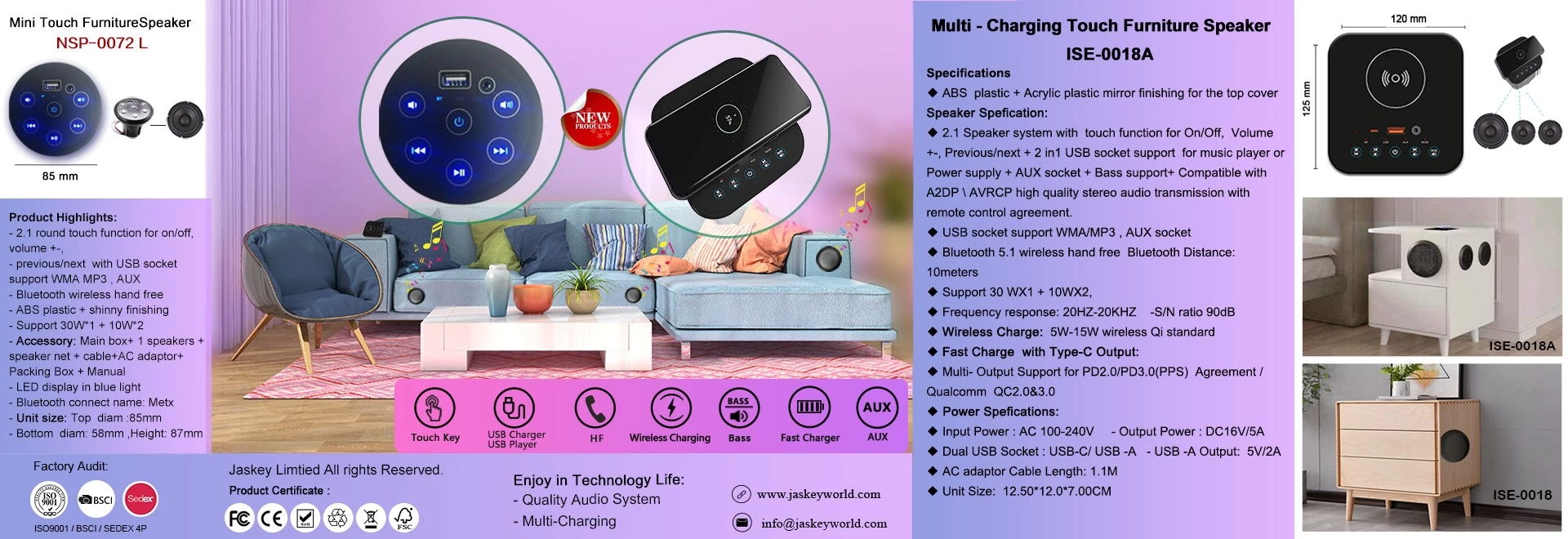What is the function and principle of speaker box and horn?
Portable loudspeaker Enclosures & Horns: What They Do, How They Do It?
Baffles, bass reflex, optimized output, horn design, flare curvature, directionality and other key features.
In almost all modern portable loudspeaker systems, the enclosure contains some or all of the driver elements that make up the system, and it separates the rear radiation from the front radiation of one or more portable loudspeaker unit drivers. It also limits the rear radiation of the portable loudspeakers and compression drivers to avoid unwanted sound energy hitting the stage.
Why separate the anterior radiation from the posterior radiation of the basin? As the basin driver moves forward, it provides positive pressure to the atmosphere, manifesting as a shock. When it moves backwards, it provides negative pressure. And it's repeating these two actions at a rapid rate -- say, 1,000 times per second at a 1kHz wavelength. If the front and rear radiated energies are not separated from each other, each will cancel the output of the other because they are 180 degrees apart.
There are several ways to prevent such offsets. The simplest are flat baffles, a method that dates back to the early 1900s. The first baffle is used to mount the basin driver, and its purpose is to isolate the front radiation from the rear radiation. The larger the baffle, the lower the frequency range that the basin driver can reproduce (within the limits of other factors, of course).
As the frequency decreases, the wavelength becomes longer. If the baffle is big enough, it can even separate the positive low frequency radiation in the front from the negative radiation in the back, preventing the cancellation of the front and rear.
Over time, it became clear that 18 x 18 foot baffles were not practical except in fixed installation cases for movie theaters. Next, portable loudspeaker designers came up with the idea of an infinite baffle, similar to a sealed cabinet. It does work.
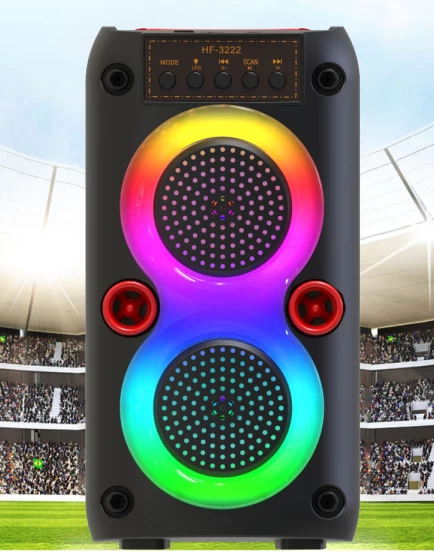
As rock and roll replaced vocal group and big-band music in the 1960s, there was a need for more output from portable loudspeakers. Bass-reflex enclosures help meet new demands for power, clarity, and low-frequency dive.
Bass reflex enclosures employ an outlet that captures the rear energy of the basin driver and sends it out through a relatively small, usually ducted, flow guide. The explanation isn't particularly thorough (how do those long wavelengths get through that little port?) so if you don't fully understand it, don't worry. It requires complex pressure dynamics equations to interpret correctly.
The bass outlet can be used to increase the LF output, although the output of the port is out of phase with the vibrating pressure output of the basin.
In real life, "optimized outlet bass reflex enclosure" is a term used in marketing brochures for years to describe low frequency portable loudspeakers that sound really good.
But if you measure its phase response, its port energy will show a complete reversal over the frequency range from the directly radiated energy. Fortunately, in the same frequency range, the basin driver moves very little and most of the sound energy can be output through the outlet.
In fact, the way to measure the outlet tuning center frequency, known in terminology as Fb (the resonant frequency of the driver and cabinet combination), is to place a measurement microphone on top of the basin and look at the response on a high-resolution spectrum analyzer .
There will be a noticeable dip in the spectral response. The center frequency of the sag is the cabinet tuning frequency, and the depth of the sag roughly represents the structural advantage of the cabinet. Even a small air leak will reduce the depth of the lower limit and the sag should be as deep as possible to maximize energy transfer to the outlet. Irregular shapes indicate harmonic resonances, such as vibrating plates.
A rigid box that is firmly supported will produce a smoother, more aesthetically pleasing curve than a poorly built box (see chart below). In general, portable loudspeaker cabinets should be as durable as possible. The energy absorbed by the fluttering box sheet is wasted energy rather than propagating outward.
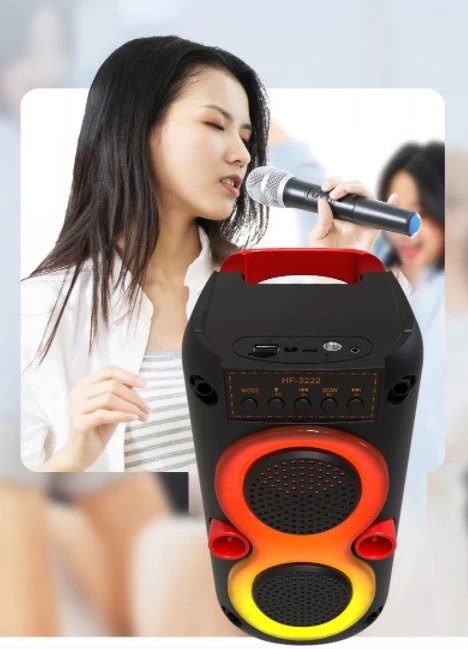
The lowest point of sag is the tuning frequency of the cabinet. The enclosure is well sealed and well supported, as indicated by the depth of the sag and the smooth shape.
Another use of the bass reflex outlet is to limit the excursion of the basin driver to a frequency that might otherwise bottom out by overstroke. In this case, the outlet is used more for stroke control than for increasing the output. This results in horn loading, which is often combined with bass reflex cabinets in the low frequency range.
Beginning with theater portable loudspeakers, designers such as James B. Lansing built low-frequency horn portable loudspeakers made of shaped wood to increase the output of the system. In the early days, 25W amplifiers were the limit, so portable loudspeaker efficiency was a very important issue.


